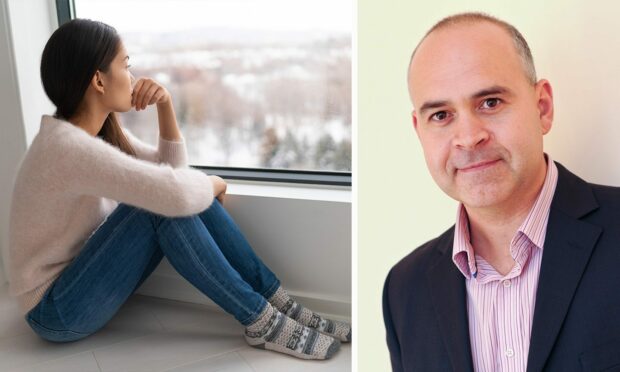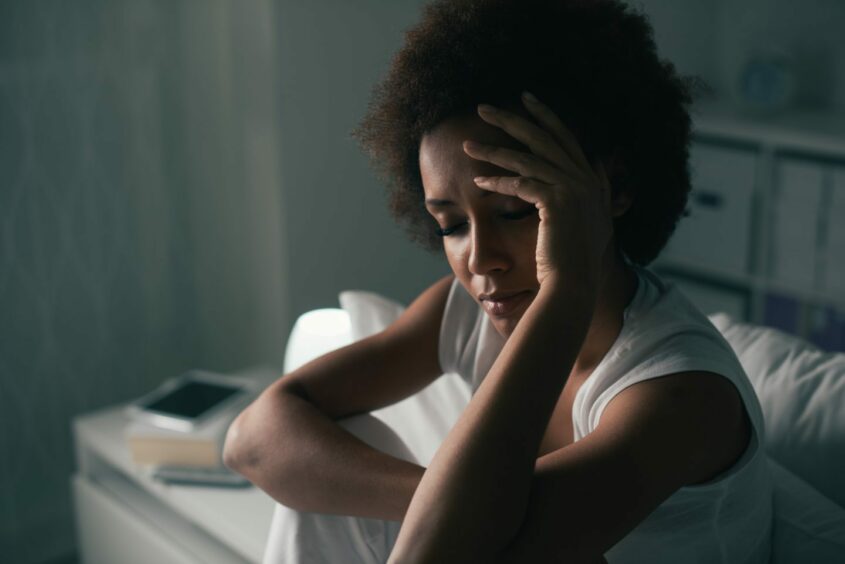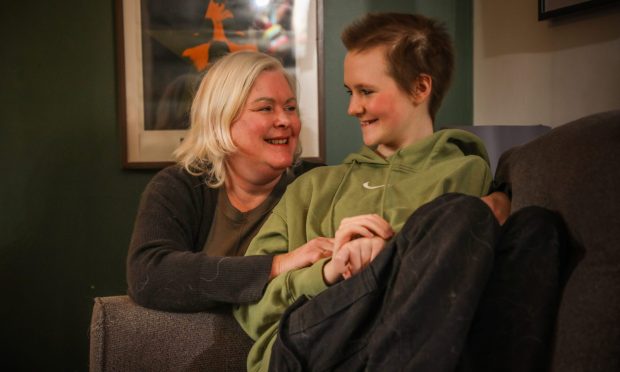As the days start to get darker and colder, it’s normal for your mental health to be affected.
At this time of year, some people struggle with seasonal affective disorder (SAD).
And it is thought those of us further away from the equator, in countries like Scotland and in Scandinavia, are more likely to experience SAD than those closer to it.
But what is SAD? What are the best ways to cope with it? And could the cost of living crisis lead to a larger percentage of the population dealing with SAD this winter?
We speak to Prof Ewan Gillon, chartered psychologist and clinical director for First Psychology in Dundee and Perth, to find out everything you need to know about SAD.
What is SAD?
SAD is a type of depression that comes and goes in a seasonal pattern.
It is sometimes known as “winter depression” because the symptoms are usually more prevalent and severe during this time of year.
Symptoms can include:
- a persistent low mood
- a loss of pleasure or interest in normal everyday activities
- irritability
- feelings of despair, guilt and worthlessness
- feeling lethargic and sleepy during the day
- difficulty concentrating
- decreased sex drive
What are top tips for dealing with SAD?
Ewan’s main advice to minimise SAD includes:
- Get outside during the day for as much sunlight as you can. He says: “Even if it’s cold and miserable, get outside.”
- Try not to change your routine to spend too much time inside. “Don’t change into a ‘winter routine’ that perhaps makes you feel less upbeat about life. It can be really difficult if we start staying in a lot by ourselves.”
- Don’t sleep for too long, even if it’s dark.
- “If you struggle to get natural light, getting a light box or some other kind of artificial light is important. Stick it on your desk or by your sofa.”
- Try Vitamin D supplements from your local pharmacy or supermarket.
- Make sure you do things that keep you well. Ewan says: “Exercise, see your friends, do your hobbies and get out and about in the way you normally would.”
Could SAD be worse this year?
With many affected by the cost of living crisis and worried about money, could this have a knock-on effect and cause more people to develop SAD?
Ewan says: “SAD affects how you feel. It makes you tired, down in the dumps, to quite a significant degree. Some people can be really seriously impacted by it.
“So, if you’re also living in an environment where there are other stressors having a negative impact on you, they could conspire to make things even more difficult for you and remove that sense of hope.
“Also, with the practicalities of less money, we maybe can’t do the things we’d like to that make us feel better like seeing friends and doing hobbies, because we don’t have the cash.
“We’re sitting in a colder house and none of that is a good scenario to help us feel positive. If you’re already dealing with SAD, the two really can feed off each other.
“If you’re feeling really down, seeking support is really important. Often, if we intervene early, we can deal with it better.
“When it gets worse, it becomes harder to manage and that’s what we want to avoid.
“I’d recommend people visit their GP if they’re struggling, as there are lots of things we can do to cope with SAD.”












Conversation